7 great female scientists that have made history
“Be less curious about people and more curious about ideas”. This is one of the most famous quotes from renowned scientist Marie Curie. IT was, precisely, her interest in the world that led her to become the first woman to ever win a Nobel prize, at a time when women were rarely allowed to pursue University studies, at least in Poland.
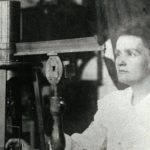
Thanks to the tenacity of women like Curie, who overcame a thousand difficulties to pursue their dreams, things have changed quite a bit, and, today, there are more women than men studying in classrooms – even though very few of them decide to pursue studies in science and are still under-represented in R&D across the world, accounting for just 28% of the number of researchers, according to UNESCO data. On the occasion the International Women’s Day, today we will be taking a look at the careers of some of the top female scientists in history.
Merit Ptah (c. 2700 B.C.)
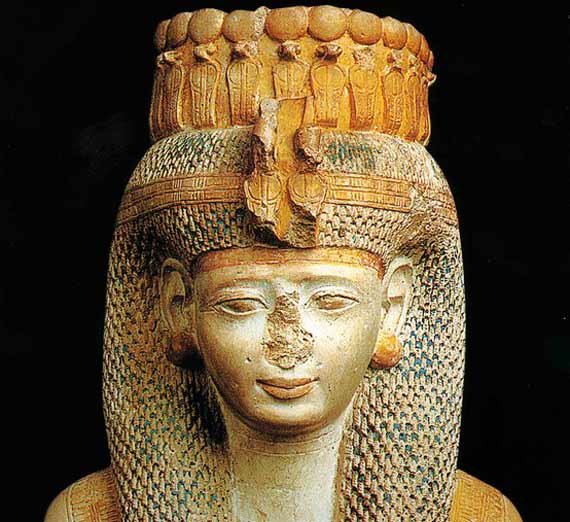
Merit Ptah lived in Ancient Egypt and is most notable for being the first female physician mentioned by name in history. Although references are not too accurate, she is believed to have lived in the times of the Second Dynasty during the Archaic Period, approximately 2700 years before Christ.
The details of Ptah's life remain largely unknown, but what is known is that she was not the only physician of her time: Women played a significant role in Ancient Egypt’s medicine, especially in the obstetrics specialty. Paradoxically, her name has survived to our days thanks to a man: Her son, who was a High Priest, described her as "the Chief Physician.”
Émilie du Châtelet (1706-1749)
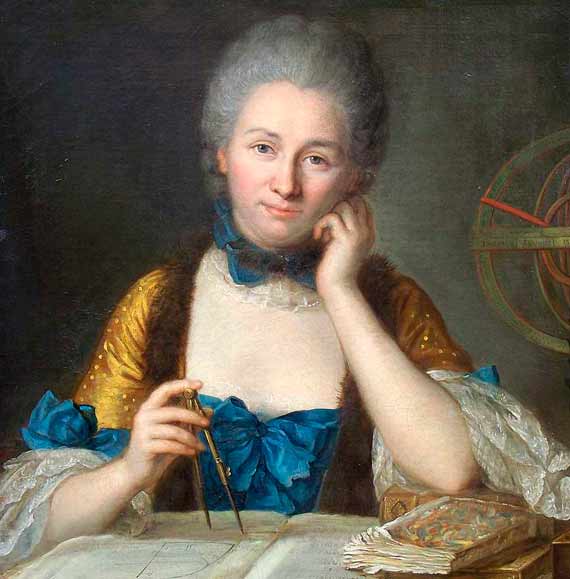
“A great man whose only fault is being a woman,” is how Voltaire defined Marquise du Châtelet, her lover and collaborator. The two shared their love for science and, in 1738, entered the biannual awards organized by the Paris Academy of Science, each submitting an essay on the nature of fire.
Émilie du Châtelet is also known for her French translation of Isaac Newton’s Principia Mathematica. Besides translating the text, she analyzed and annotated it. Her condition of courtesan – her father was Louis XIV chief of protocol – did not keep her from devoting her life to her passion: Mathematics.
Henrietta Swan Leavitt (1868-1921)
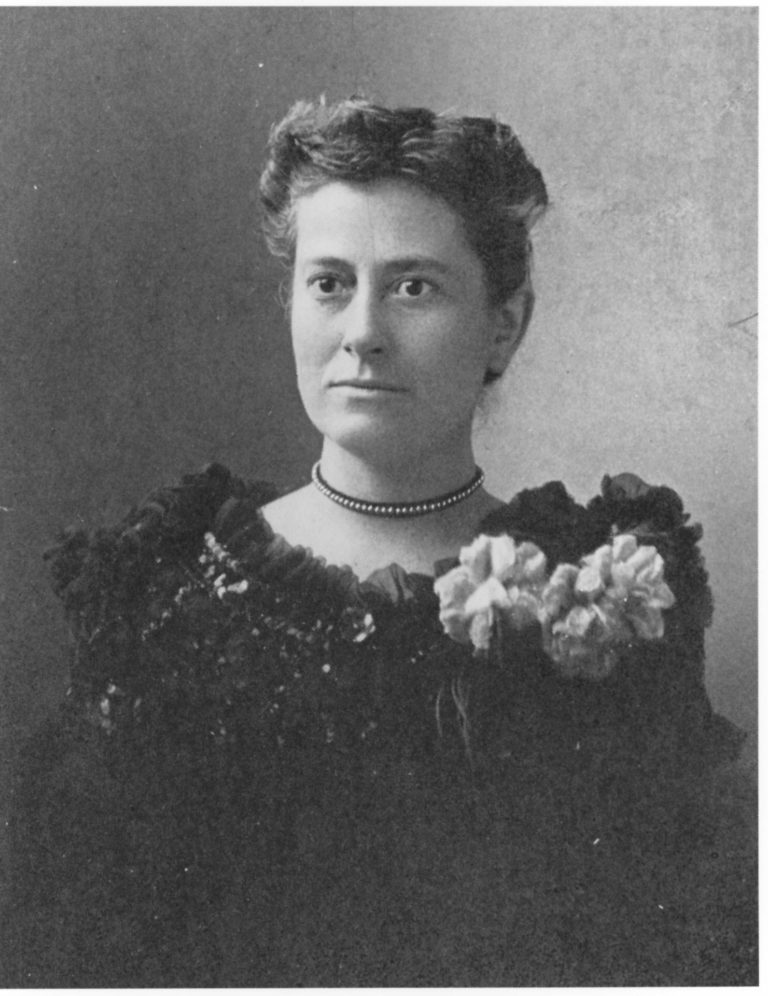
The Milky Way is 100,000 light years in size, a key figure that would have never been discovered without the findings of astronomer Henrietta Swan Leavitt, which were pivotal in unlocking some of the mysteries of the Universe. Swan Leavitt had to overcome an additional hurdle to carry out her work: women weren’t allowed to use telescopes at that time.
It all started in the Harvard College Observatory in 1893, where Henrietta joined another group of women upon graduating from Radcliffe College (Massachusetts, USA). Low wages, poor conditions and a work ignored by scientific publications did not prevent the astronomer from finding, based on the photographs she was required to examine, the answer to one of the universe’s mysteries: a law in the starts that would allow calculating, for the first time, large distances across the universe.
Maria Goeppert-Mayer (1906- 1972)
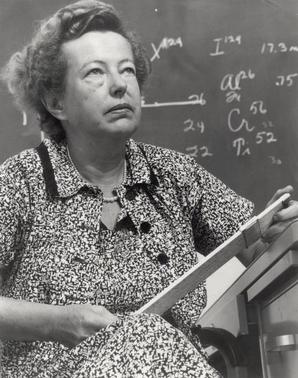
Besides Curie, only another woman has ever won the Nobel prize in Physics (of a total of 203 laureates): Maria Goeppert-Mayer, who earned this recognition in 1963 thanks to her nuclear shell model. Surprisingly, it wasn’t until she turned 50 that Mayer was able to take her first paid professional position. Until then, being a woman, she had only been allowed work as unpaid collaborator. Her road to success began after meeting her husband, Joseph Edward Mayer, with whom she travelled to the universities of Columbia and California, where she was able to work part-time. Over the years, laboratory after laboratory, she perfected the theory that would lead her to earn the maximum scientific distinction.
Before, she studied physics and mathematics at University of Göttingen and earned her doctorate under the tutelage of another Nobel Laureate, Max Born, a prominent figure in quantum mechanics.
Susan Solomon (1956)
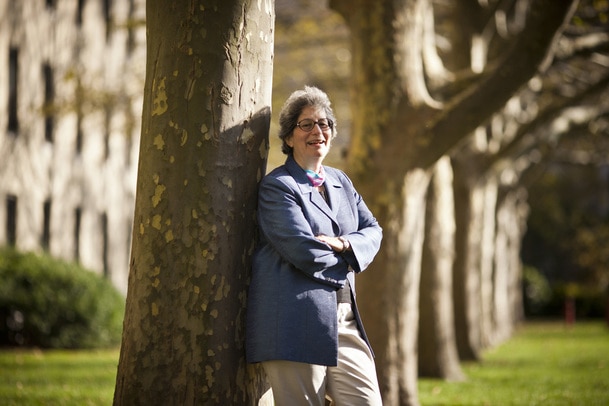
Susan Solomon is a U.S. scientist and professor at the Massachusetts Institute of Technology. Her discovery about the chlorofluorocarbon (CFC) gases causing the hole in the ozone layer of our atmosphere, set the bases for the Montreal Protocol (1987) and the banning of the CFC, in what became the first global and joint environmental protection effort.
Solomon’s research has been essential to understand the key chemical composition of the atmosphere. Thanks to her work, during two expeditions to Antarctica, it was possible to establish how CFC affected the Ozone layer in this region of the planet. Solomon, who worked for two decades at the U.S. National Oceanic and Atmospheric Administration (NOAA), has been recognized with honorary doctorates by 12 universities. Additionally, in 2012 the BBVA Foundation distinguished with a Frontiers of Knowledge award in the Climate Change Category, for her undeniable contribution to the preservation of the planet.
Emmanuelle Charpentier (1968) and Jennifer Doudna (1964)
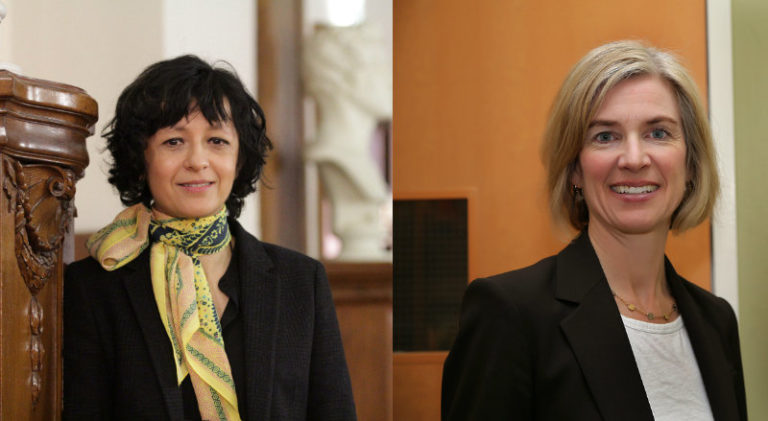
French Emmanuelle Charpentier (Juvisy-sur-Orge, France, 1968) is currently Director of the Max Planck Institute for Infection Biology (Berlin, Germany) and a professor at the University of Umeå (Sweden). Charpentier studied the gene-activation function of a specific type of molecule, and her attempts to solve its three-dimensional structure encouraged her to join forces with Jennifer Doudna, professor of Chemistry and Molecular Biology at the University of California, Berkeley. Together, Charpentier and Doudna managed to artificially reproduce the CRISPR/Cas 9 system, which in nature, destroys the phages attacking microorganisms by slicing their DNA.
That is how, in a Massachusetts laboratory, a powerful gene-editing tool was born. The new technique allows to, besides cutting DNA with exquisite precision, paste it back in, making use of the DNA repair mechanisms naturally present in the cell. Thanks to their notable findings, published in Science in 2012, the researchers were awarded with the BBVA Foundation Frontiers of Knowledge award in the category of Biomedicine.
In BBVA’s OpenMind site you can find more stories about great female science pioneers.